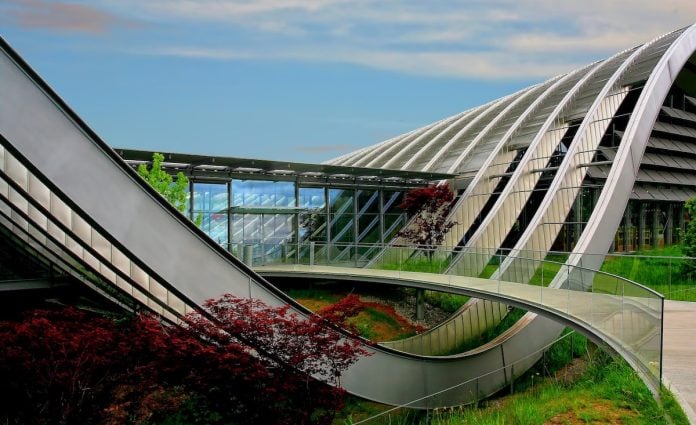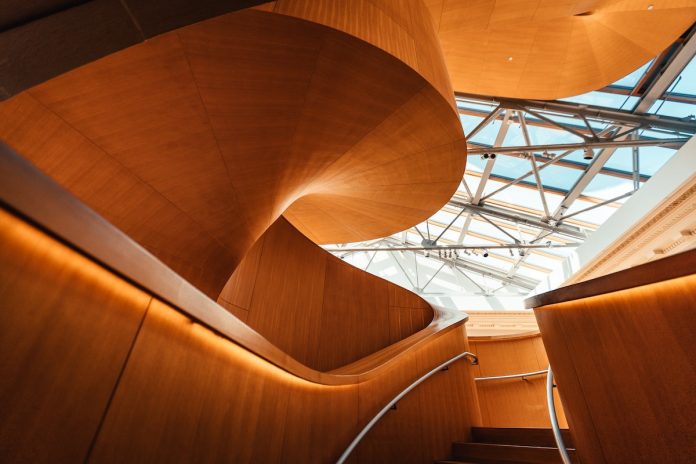Innovations in Architecture and Design Education
Innovations in architecture and design education have led to some radical changes in architecture and design. Architecture changes to suit the needs and desires of humans. Every year in the U.S., about 6,000 students graduate from architectural schools. Over half of them fail to get positions at traditional architectural practices. Preparing the next generation of architects is essential to succeed in a changing world.
Innovations in architecture and design education
Architecture has seen many innovations over the centuries. However, the use of modular construction and sustainable materials is fairly recent. Some other inventions include the following.
· Silver architecture
Aging populations in many countries are presenting a problem. Architects need to figure out how to make accommodations for those who need special care. Silver architecture aims to produce building designs that are modern, sustainable, and accommodating. In addition, the designs have to keep age-related impairments from becoming debilitating. Concepts include safe flooring, less ambient noise, and the use of colors to improve mood.
As an architecture student getting an education at college. I have many demands on my time. My workload is heavy, with many research papers and essays to write, classes to attend, and exams to study for.

Fortunately, I can reach out to a professional writer who can edit my paper for me and make it top-notch so that it can earn me high grades? By saving writing time, I can study more and get good grades.
-
Renewable energy
There will be more focus on renewable energy in the future. Solar, wind, and geothermal systems will be used more in residential projects.
-
Modular construction
Architects are increasingly engaging in modular construction. The building occurs in a warehouse and not on a construction site. Homes are developed in modules and assembled on-site. This construction technique is more sustainable. It means much less material waste and fewer emissions.

-
Eco-friendly materials
In the region of, 40% of worldwide greenhouse gasses come from the construction process. Vehicles and heavy machinery on building sites run on fossil fuels that produce emissions. Construction materials cause environmental problems, with concrete being one of the main culprits. Solutions for lighting, cooling, and heating of buildings have to change. Architects today have to use eco-friendly materials. They have to come up with innovative, sustainable designs.
-
Cool roofs
Architects are coming up with new rooftop construction techniques. They use reflective or light-colored materials to restrict heat absorption. By preventing overheating in homes, they can minimize the use of air conditioning. Cool roofs can keep buildings much cooler by deflecting sunlight.
What to emphasize in the architecture classroom
Architects of the future will benefit from the use of artificial intelligence. The best AI tools can relieve architects of many mundane tasks. What they can’t yet do is simulate the human reality of design. Architecture students will have to focus on doing what AI tools can’t yet do. Innovative design will become more human-centered in the future. Teaching in architecture classrooms must give architects the skills and tools they need.
Humans are rethinking what buildings need to do. Wellness, sustainability, and social equity are essential concerns. These concerns are often the seeds of innovation. They can bring about a change in programs, materials, and forms. Architects will need tools to identify, quantify and measure a building’s performance over its lifetime.

Innovative architecture tools
· BIM and 3D modeling software
One innovation in architecture is Building Information Modeling (BIM). Another is advanced 3D modeling software. Innovations like these are changing the field of architecture. They enable architects to create innovative architectural designs. In addition, using such technology can minimize errors, increase efficiency and improve costs.
· Crowd simulation software can empower architects to do more complex projects
This includes large-scale structures such as hospitals and public transport hubs. When they can analyze pedestrian flow, they can see where queues and hot spots exist. This shows them where they need to improve spatial performance. Advanced AI tools can therefore contribute to constructing healthier, better-functioning cities. They can help architects to put humans at the center of the design process.
· Carbon assessment tool
A free web-based tool has recently been launched. The EPIC tool allows designers to develop strategies to reduce carbon emissions. They can identify what will have the most impact in the early stages of designing a building. This is one of many tools transforming architecture today.
Conclusion
Innovation is essential in architecture for many reasons. When function and design complement one another, they can make a difference in people’s daily lives. For centuries architecture and design have solved problems. Sustainability has a significant impact on designs. Merging function and aesthetics creates more health and well-being. Innovation is part and parcel of what architects do and is more needed than ever before.





